JLPT N5 - Lesson 9 - Japanese Particles Inrtroduction

About Japanese particles:
In this lesson we will know about Japanese particles. As we know particle means small element, here Japanese particles are small words that helps to create sentences indicating the relations of words within a sentence. To identify topic, subject or object or to specify direction or possession or many other reason these particles follow other parts of speech such as nouns, verbs, adjectives of a sentence and make the sentence complete and meaningful. Some particles may be compared to prepositions some may be compared to conjunctions in English or some have other kind of usage. There are 188 particles in Japanese language but we will learn only those which are necessary to attempt JLPT exam. Here we introduce some most common particles and as the lesson will progress we will introduce more and more particles.Special attention need for how these three particles are written and pronounced:
- は (written ha, pronounced wa as a particle),
- へ (written he, pronounced e) and
- を (written wo, pronounced o)
も [mo] = This particle is used to avoid repetition of 'は' if the topic is different but the object/subject is same.
か [ka] = Question word - indicates a question is asked in the sentence.
が [ga] = Subject marker - indicates or identify the subject of the sentence.
に [ni] = Indicates direction or location or destination depends on other parts of the the sentence. English preposition - in, to, at, by.
に [ni] = Indicates direction or location or destination depends on other parts of the the sentence. English preposition - in, to, at, by.
へ [e] = Indicates direction.
の [no] = Possession indicator also a topic marker and when someone speaking, by a rising tone of the speaker, it indicates a question is asked.
を [wo] = Indicates the direct object of a verb.
と [to] = Can be used as English conjunction ‘and’ or preposition ‘with’.
で [de] = The particle ‘de’ indicates activity in a location or activity using something.
から [kara] = From, after, because.
まで [made] = Indicates a limit in between two time period or place. Translates to ‘up to’, ‘until’, ‘as far as’.
Lesson 8......Lesson 10
- Lesson 1: Why Japanese Language
- Lesson 2: JLPT N5 Introduction
- Lesson 3: Hiragana Part 1
- Lesson 4: Hiragana Part 2
- Lesson 5: Katakana Part 1
- Lesson 6: Katakana Part 2
- Lesson 7: Kanji Part 1
- Lesson 8: Japanese Everyday Greetings
- Lesson 9: Japanese Particles Introduction
- Lesson 10: Grammar Time
- Lesson 11: Verb Basic
- Lesson 12: Vocabulary - Words refer to family members


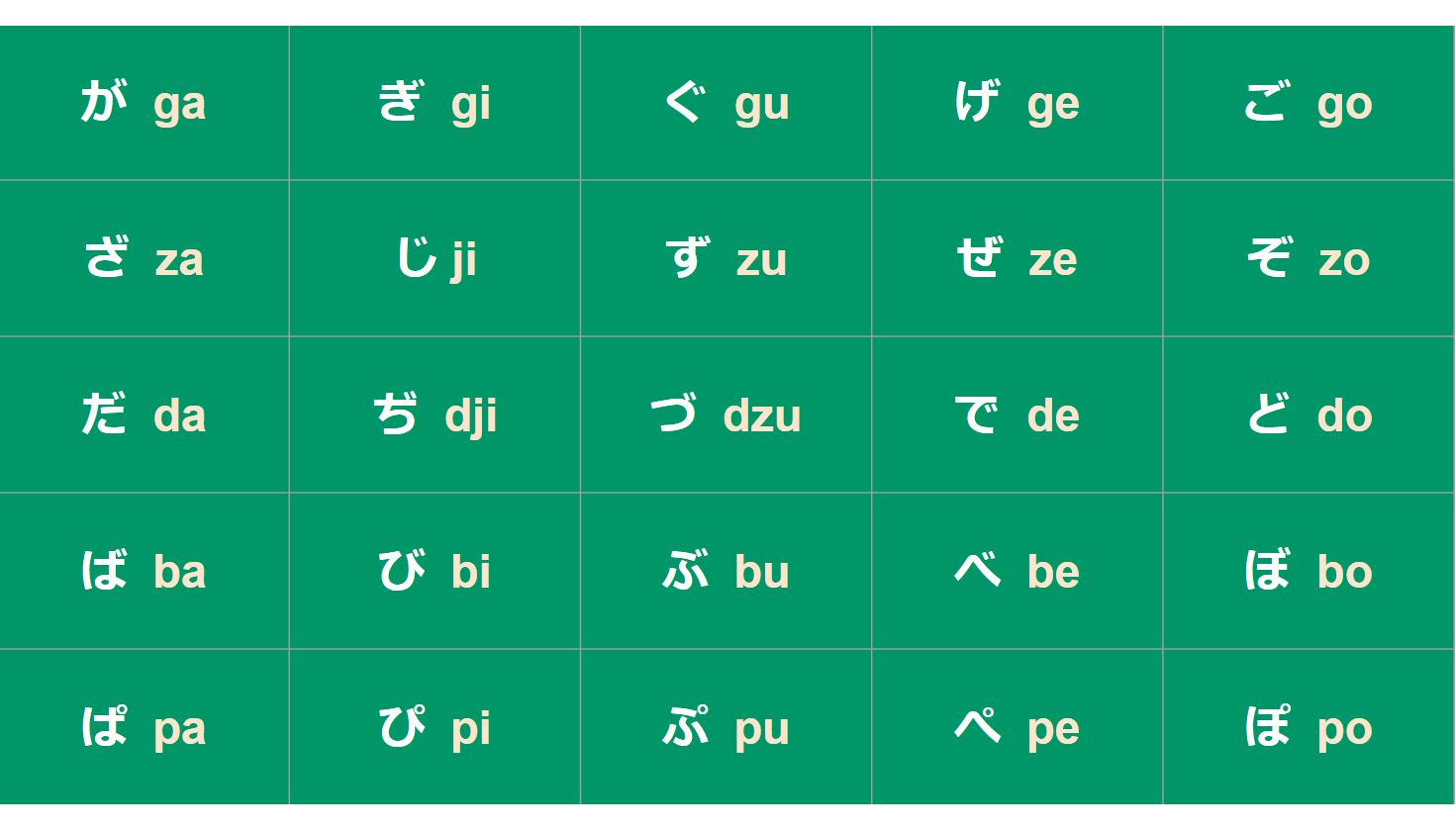

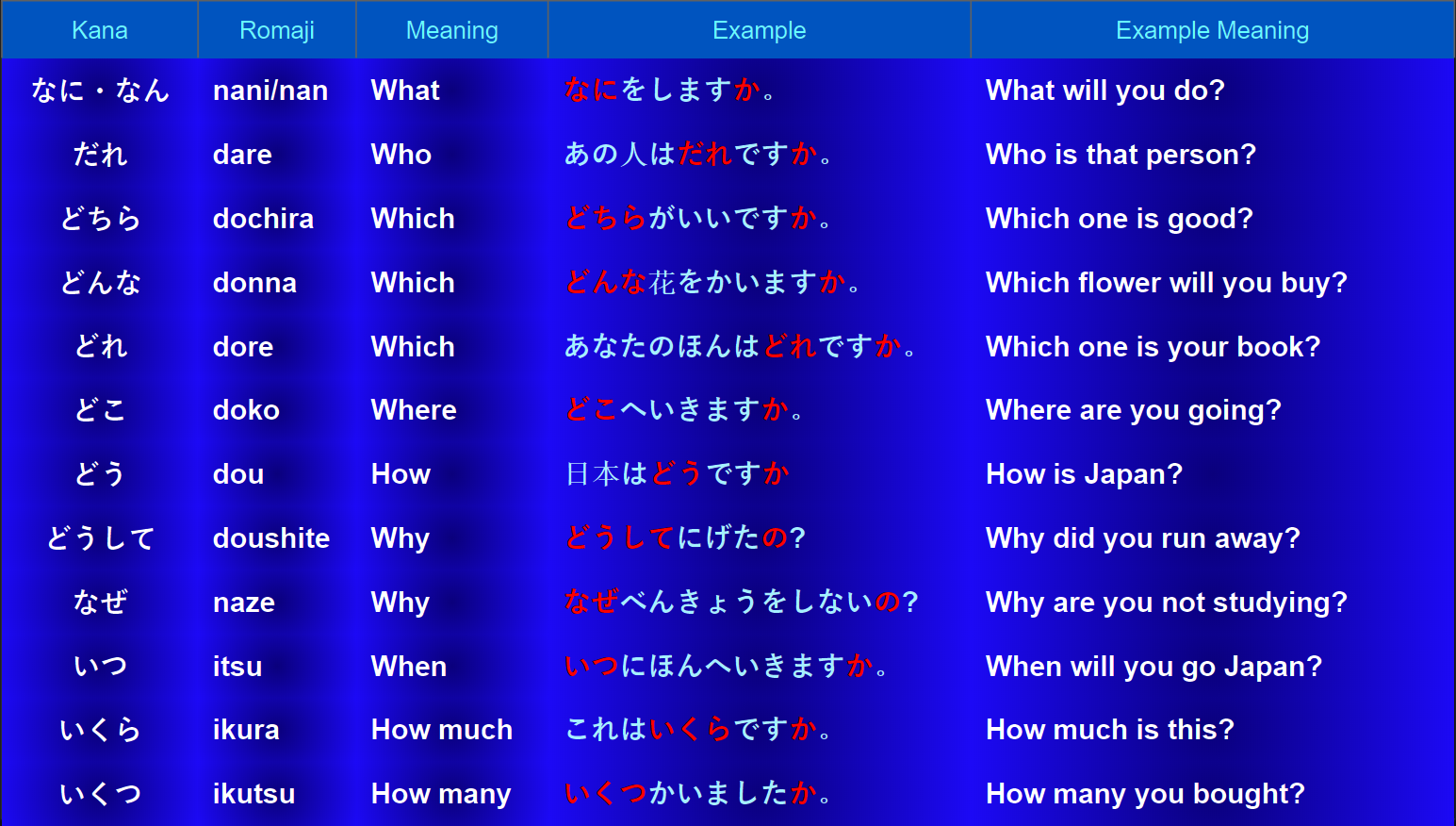

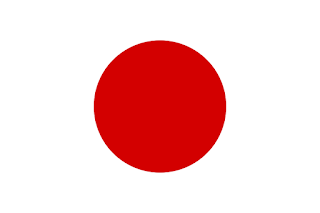
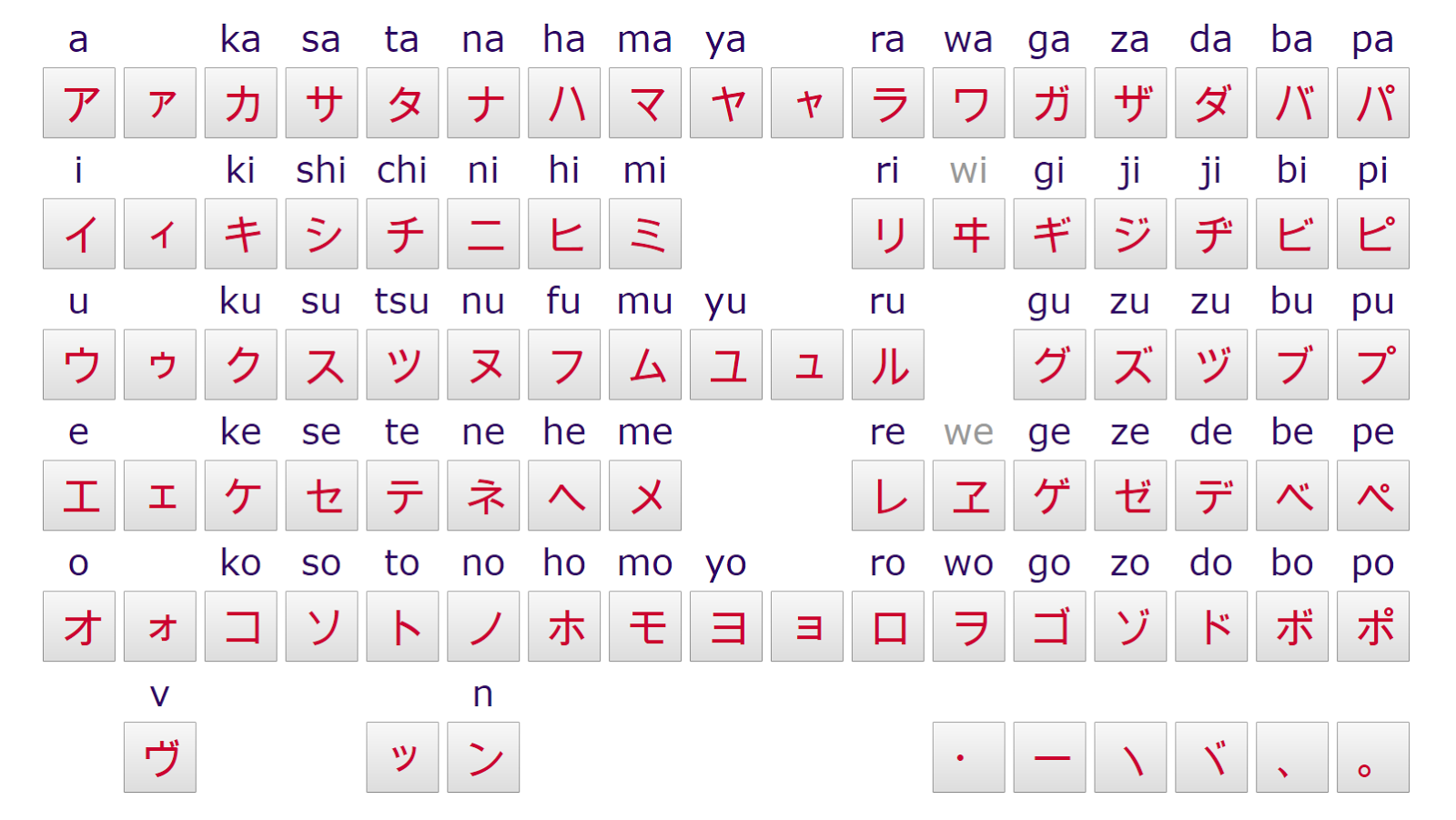
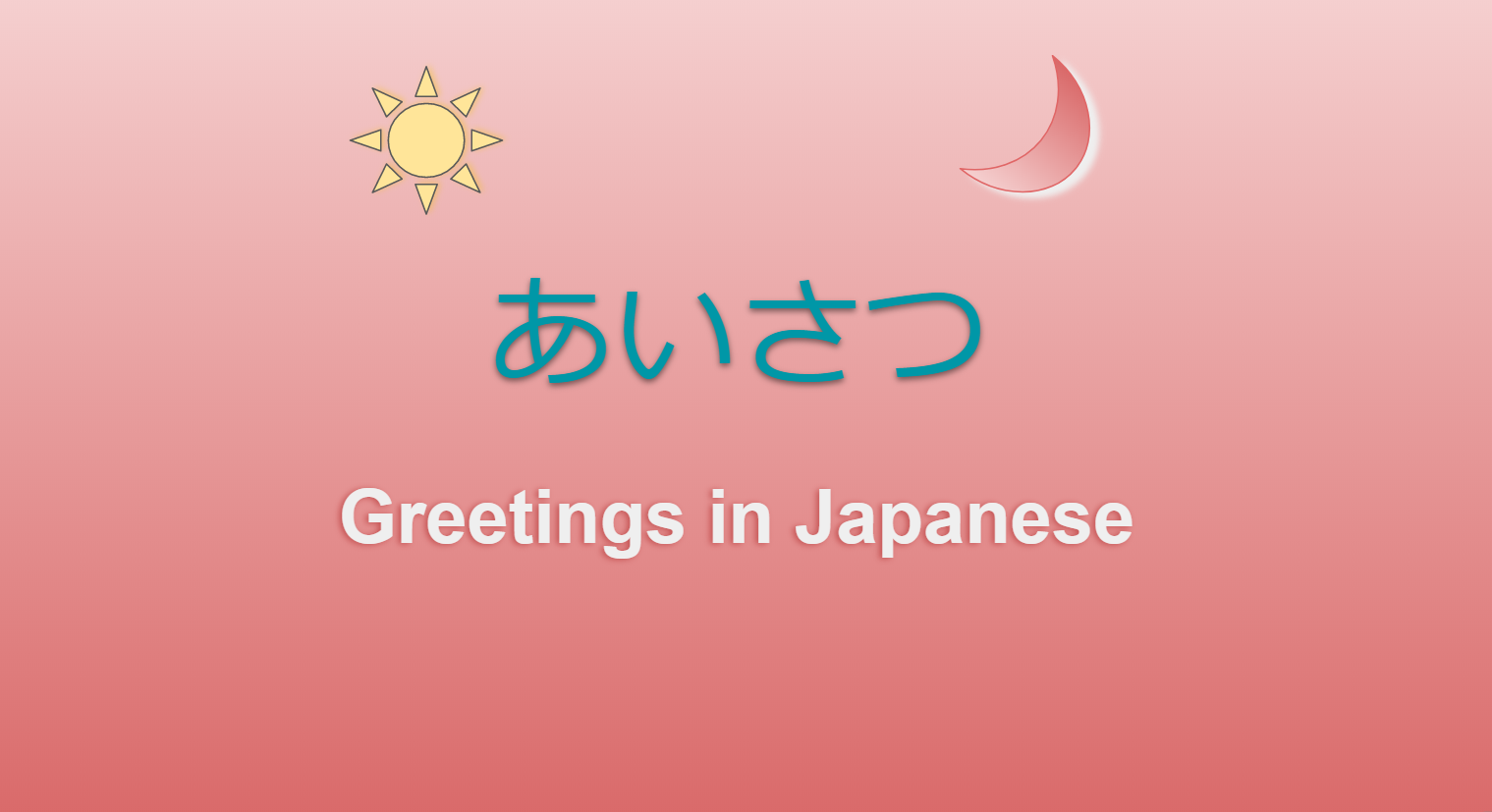
Akarui provides complete Professional Japanese Translation Services in Delhi and Gurgaon which includes Professional Japanese Translation Services, Japanese Translators in Gurgaon and Japanese Document Translation. Akarui has built a reputation as a world-class Japanese translation service provider in Gurgaon with every translation, we have the expertise, intelligence, and sensitivity to produce a text that achieves dynamic equivalence in the target language.
ReplyDeleteJapanese language Translator course l japanese language course l japanese classes near me
The blog was very beginner-friendly.
ReplyDeleteonline Japanese language test
Top coaching centres for JOT exam